|
|
|
|
|
|
|
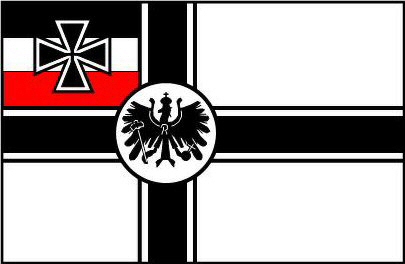 Germany
|
|
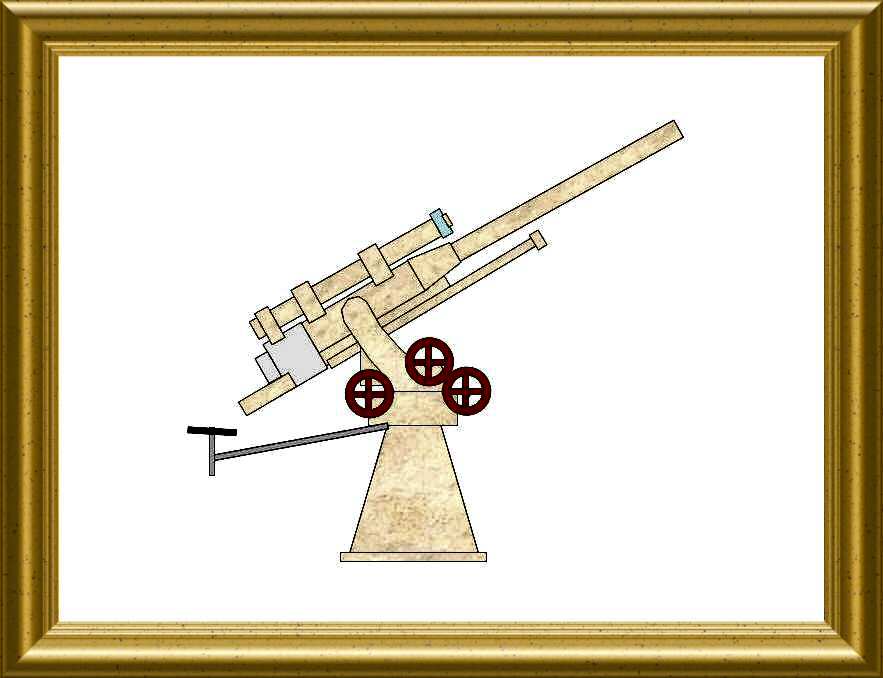 AA Artillery
|
|
|
Contributor :
|
Location :
USA
Newport News, VA
Virginia Wars Museum
Coordinates :
Lat : 37.02090 / Long : -76.45490
|
General comments on this surviving gun :
Identical items in the same location :
1
Items covered by this file :
1
|
|
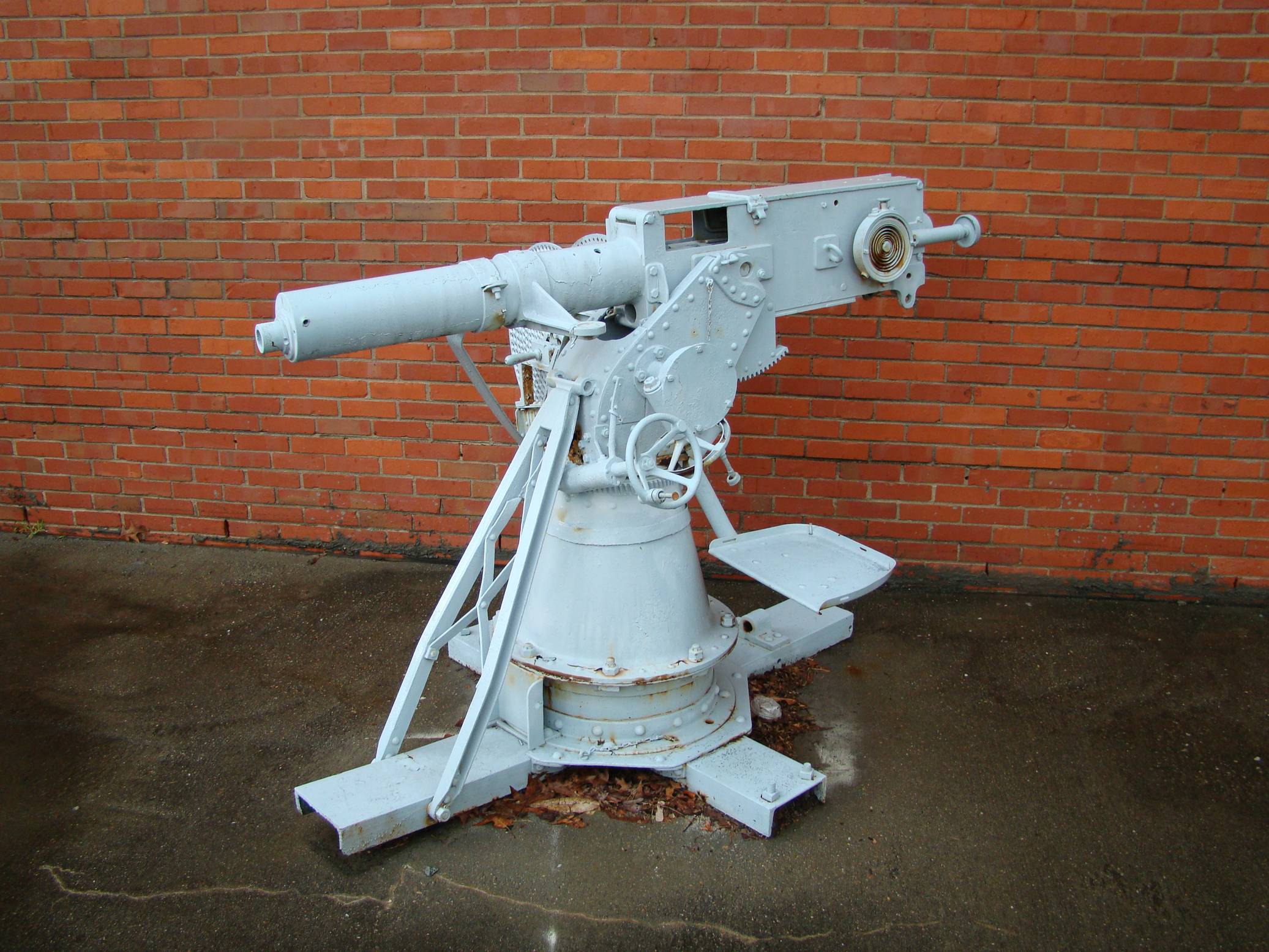
|
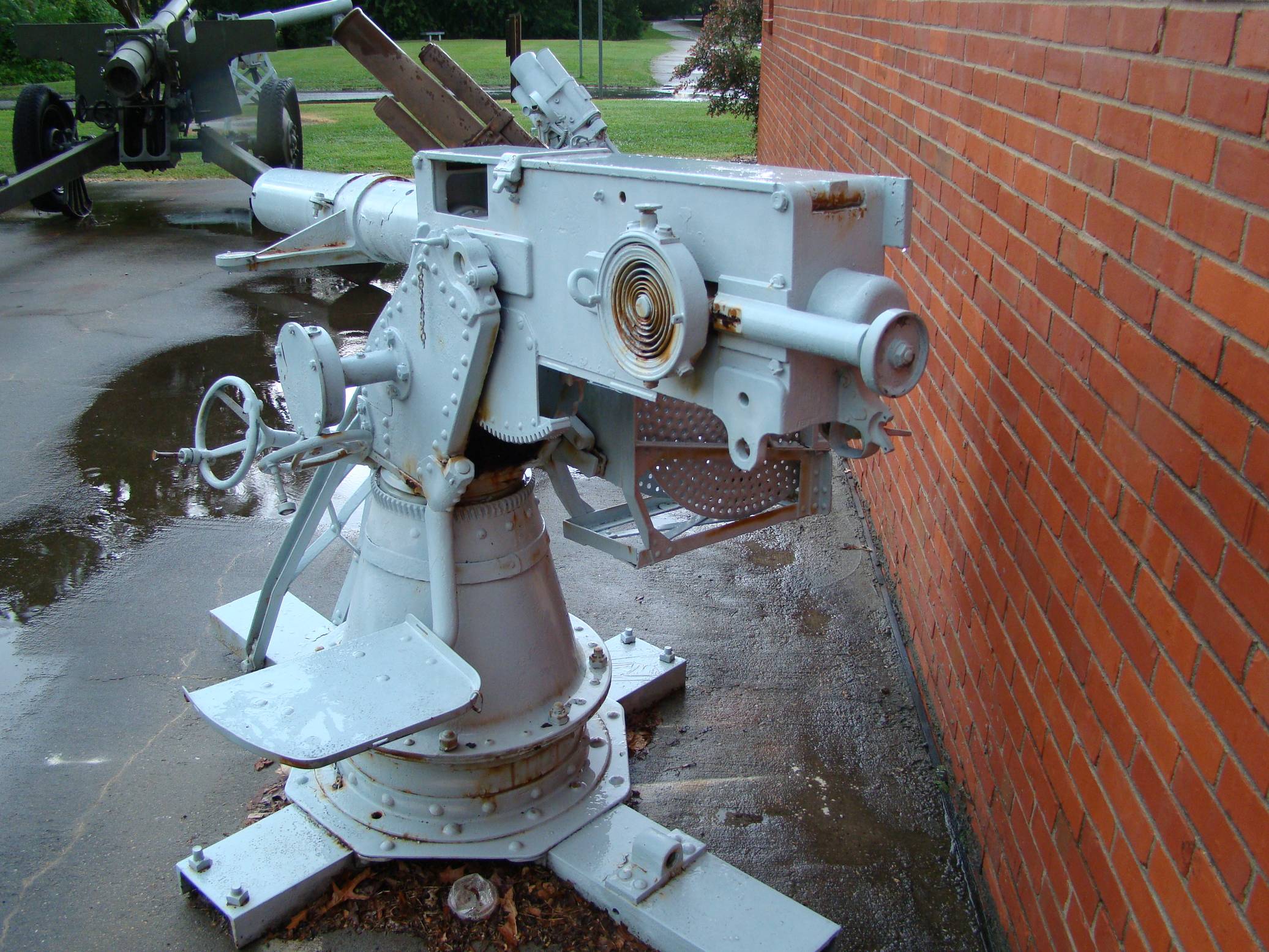
|
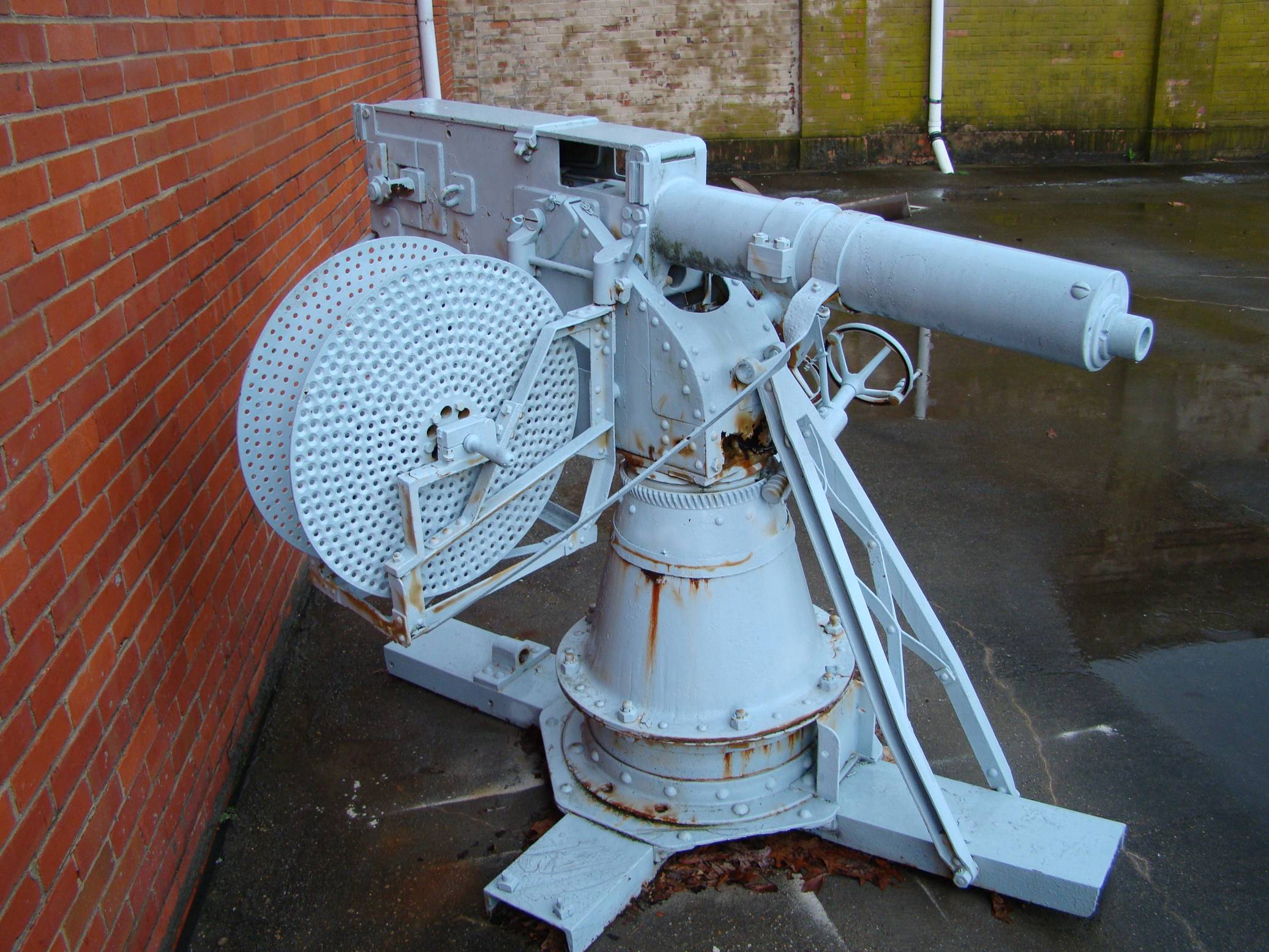
|
The articulated arms of the base have disappeared, but the crux structure is visible
|
Rear view on the impressive repetition mechanism box
|
Germany equipped this gun with a circular shell feeder with a capacity of 150 rounds in order to take advantage of the high firing rate
|
|
|
Historic and technical information
|
|
Denomination :
3.7cm MaschinenFlak
|
Origin :
 (
Maxim)
(
Maxim)
 (
Vickers )
(
Vickers )
 (
Gruson )
(
Gruson )
|
|
Historic context :
At the end of the 1880 years, the USA ex-citizen Hiram Maxim since naturalised in UK, brilliant inventor of the automatic repetition weapons and of the first machineguns, extended this concept to a light gun of the smalles calibre authorized by the St Petersburg convention (1869), the 37mm (1.5 inches). Initially built by the British company Maxim-Nordenfelt, then by Vickers, Sons and Maxim after the acquisition of the first company by the second one, the small gun with its amizingly high fire rate (250 rounds per minute !) did not succeed to gain the interest of His Majesty's Army staff.
Germany was much more attracted and had these guns manufactured under licence by the company DWM (Deutsche Waffen und Munition Fabrik). Some of these were delivered to the Boers troops in South Africa and were succesfully used against the British army. Its fire rate and its characteristic noise gave this weapon its forever surname of ‘Pom-Pom’.
The repetition mechanism was using the previous shot recoil energy to re-arm the breech and feed the new round from an ammo belt, just like in the machine guns that inspired that gun. Its service was also very similar to a machine gun on tripod. The fire rate could reach up to 150 to 600 rounds per minute (depending on the sources). This caused the need of mounting the barrel inside a cylindrical tank filled with water.
Several fighting countries used this gun in different roles during WW1 :
- as a infantry and landing gun ‘3.7cm LandungsKanone’ on wheeled carriage by Germany, especially in Africa fights
- as a coastal defence gun ‘3.7cm MaschinenKanone’ on conical base by Germany since 1895 and present on the Belgium fortified coast during WW1
- as an anti-aicraft gun ‘3.7cm Maxim K 14’ or ‘3.7cm MaschinenFlak’ on wheeled carriage since 1915 or crux moveable Gruson carriage since 1916 by Germany, particularly against baloons
- as an anti-aicraft gun ‘QF 1-Pdr Pom-Pom’ on AA mounting by Great Britain for the protection of their land against Zeppelins at the start of the war
- as an anti-aicraft gun ’37mm Vickers-Maxim 1903/13’ on wheeled high elevation angle carriage by Belgium from 1915
|
Technical data :
- Complete description : Anti-Aircraft 3.7cm MaschinenFlak gun on moveable base
- Design year : 1914
- Calibre : 37.00 mm
- Weight in firing position : unknown
- Weight for transportation :
- Tube length in calibres : 5.00 (2.95 calibres for the rifled part only)
- Grooves : 0 unknown
- Projectile weight : 0.45 kg
- Initial speed : 367 m/s
- Fire rate : 300 rounds / minute (varying according to different sources)
- Range : 4110 m (in non AA use)
- Elevation range :
- Direction range :
|
Sources
|
-
German Artillery of World War One Herbert Jager Crowood 2001
-
La Flak 1914-1918 - Volume N°1 Bernard Delsert Jean-Jacques Dubois Christian Kowal Editions La Plume du Temps 1999
-
La Flak 1914-1918 - Volume N°2 Bernard Delsert Jean-Jacques Dubois Christian Kowal Editions La Plume du Temps 1999
-
A gun for all nations - The 37 mm Gun and Ammunition - Volume I - 1870-1913 Robert A Mellichamp 2010
|
|